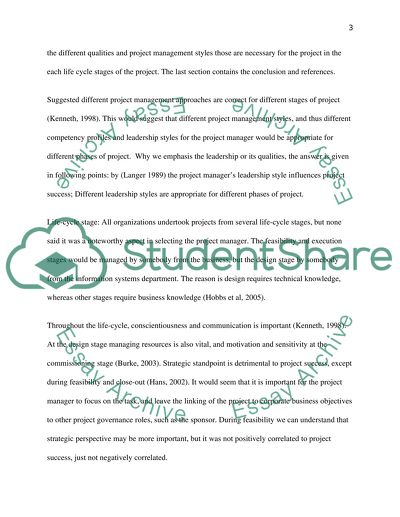Cite this document
(“Different phases of the project life cycle require a flexible approach Essay”, n.d.)
Different phases of the project life cycle require a flexible approach Essay. Retrieved from https://studentshare.org/miscellaneous/1549214-different-phases-of-the-project-life-cycle-require-a-flexible-approach-in-leadership-style-and-skills
Different phases of the project life cycle require a flexible approach Essay. Retrieved from https://studentshare.org/miscellaneous/1549214-different-phases-of-the-project-life-cycle-require-a-flexible-approach-in-leadership-style-and-skills
(Different Phases of the Project Life Cycle Require a Flexible Approach Essay)
Different Phases of the Project Life Cycle Require a Flexible Approach Essay. https://studentshare.org/miscellaneous/1549214-different-phases-of-the-project-life-cycle-require-a-flexible-approach-in-leadership-style-and-skills.
Different Phases of the Project Life Cycle Require a Flexible Approach Essay. https://studentshare.org/miscellaneous/1549214-different-phases-of-the-project-life-cycle-require-a-flexible-approach-in-leadership-style-and-skills.
“Different Phases of the Project Life Cycle Require a Flexible Approach Essay”, n.d. https://studentshare.org/miscellaneous/1549214-different-phases-of-the-project-life-cycle-require-a-flexible-approach-in-leadership-style-and-skills.


